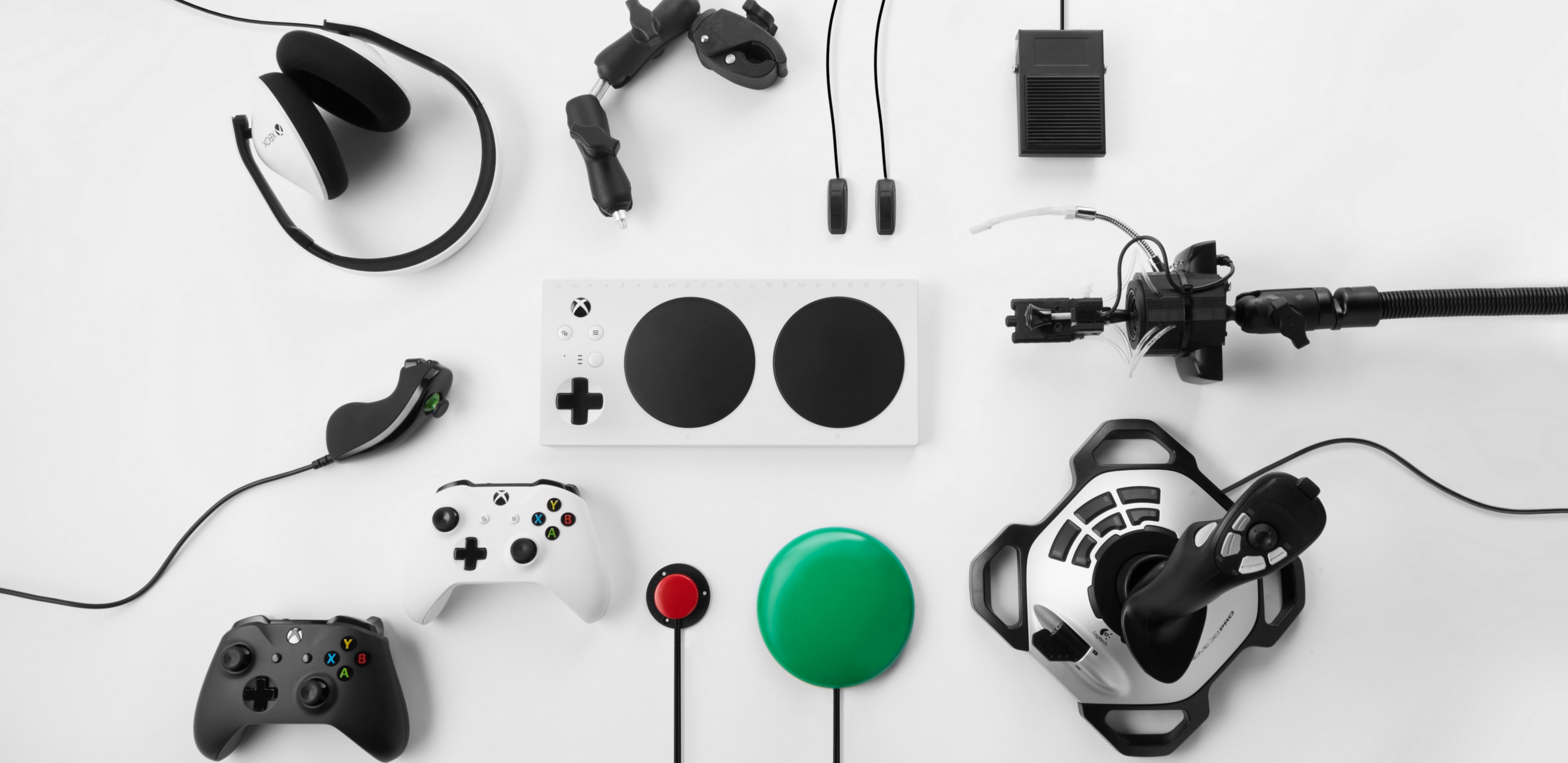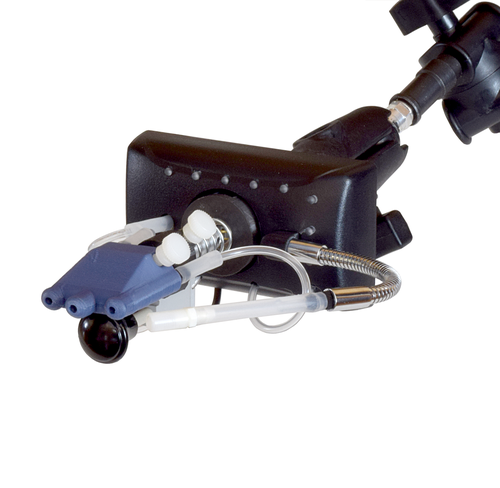Current Solutions to Motor Problems
Solutions to motor problems mainly involve creating physical devices and controllers that have special capabilities or modifications. These physical devices work to simplify controllers for those who have difficulties with normal controllers. Other solutions work to slow down the pace of a game and rely less on reaction times and quick reflexes. This can inlude things like difficulty levels and game speed.
Examples
Microsoft's Adaptive Controller

Microsoft has created has created a controller designed for those with limited mobilit. It supports a range of different inputs in order to customize the device and create the optimal gaming experience for its users.
Quadstick FPS Game Controller

A mouth operated joystick with multiple sip and puff sensors, a lip position sensor, and a push switch, connected to a 32 bit ARM processor that converts sensor inputs into USB and Bluetooth signals.
Proposed Solutions
Customizable Controls
Although default controls can try to specify how designers want their audience to play a game, not all users are capable or are comfortable with a predefined set of controls. One way to help games be more accessible is to allow customization of controls and remapping of buttons.
How To Implement
When creating the controls for a game, it is necesssary to create a menu where players can remap and alter the game inputs. Ideally this would be a section in the settings menu in every game, giving players control options and customizability.
Variable Aim Assist
While aim assist is considered cheating in multiplayer player vs. player games, it can be a strong accessibility tool in single player or co-op first person shooter games. It helps simplify game combat by locking on to enemies and tracking their movement. This can lower the reaction time needed to defeat enemies and decrease difficulty considerably.
How To Implement
Pseudocode Example
Unity ForumsOne simplified version of an aim assist is to lower mouse sensitivity when the user's crosshairs pass over an enemy. In the code snippet above, we check to see if the crosshairs collide with an object to shoot, and if it does we reduce the aim sensitivity. This gives the feeling that the crosshairs are locked-on to the target.
Sources
- https://www.game-accessibility.com/documentation/gaming-with-a-physical-disability/
- https://accessible.games/
- https://forum.unity.com/threads/solved-aim-assist-code.49720/
- https://www.xbox.com/en-US/accessories/controllers/xbox-adaptive-controller
- https://www.quadstick.com/shop/quadstick-fps-game-controller